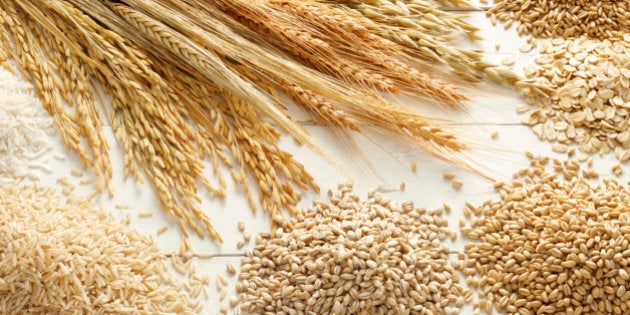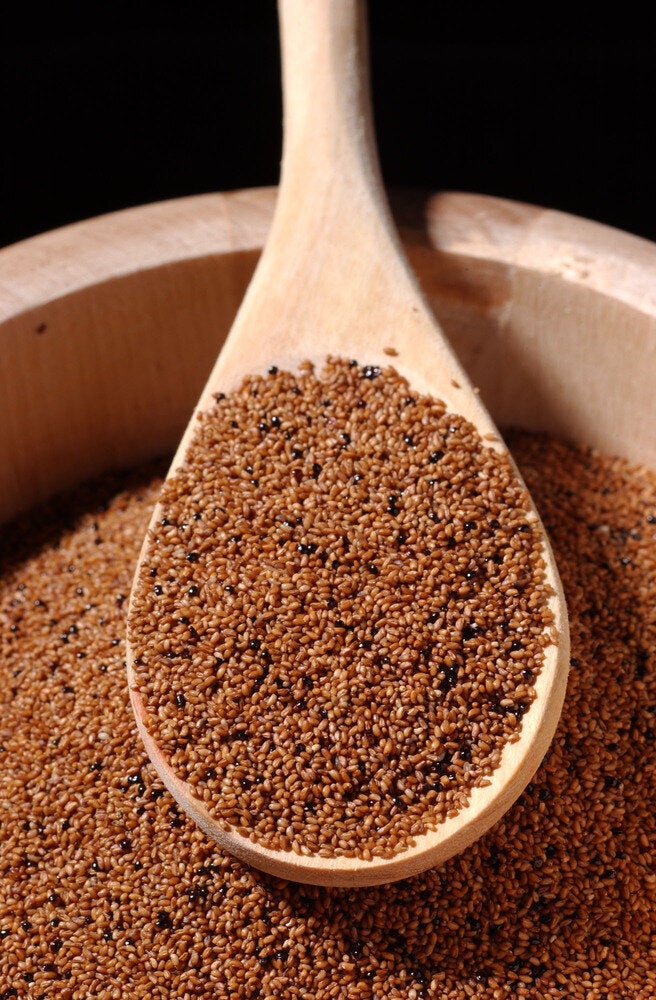
The bad news is that some food prices may rise higher than inflation this year. The good news? Not all food prices are predicted to actually rise. In fact, prices of grains may not rise at all. Unfortunately, many people are unnecessarily avoiding grains thanks in part to the gluten-free trend and the popularity of the paleo diet.
Including more grains into your diet can help you boost your energy levels, infuse your diet with a shot of fibre and help you stay on budget. Here are some reasons why eating more grains is a good thing:
1. They can be a good source of protein. You've probably heard that quinoa contains protein, but did you know that gram for gram pasta actually contains more?
2. Whole grains don't have to taste like cardboard or be processed to be enjoyed. Quinoa, barley (go for hulled, not pearled) and wheat berry are just a few examples of grains naturally eaten in their whole grain form. Their nutty flavour is a nice change from bland potatoes or rice.
3. Stable blood sugars. Even people without diabetes can benefit from the powers of fibre found in whole grains. Stable blood sugars can lead to stable energy levels throughout the day.
4. Fibre cannot only help lower cholesterol, it may help lower weight too. The added fibre helps you feel fuller longer which means smaller portions are easier to stomach when whole grains are included. It is much easier to eat enough fibre when whole grains are consumed regularly than if they are avoided.
Enough about the why, what about tips on HOW to incorporate grains into your usual meals? Here are a few :
Mix them up. You could cut out meat from your diet, but you may prefer the more moderate route of eating less. Mix in whole grains with meat to keep the meaty flavour while cutting down on bad fats and the cost of the meal. For example, try mixing oats into your next homemade burger or cooked bulgur into your meatloaf. Throw barley into your next stew and add less meat.
With meat and fish prices possibly rising, it's a good time to re-evaluate portion sizes. Since protein is plentiful in grains, dairy and meats, the actual size of a portion of meat is smaller than what a people typically eat. 3 ounces of cooked beef, chicken, lamb and other meats is considered 1 serving and adults need 2-3 per day. So, if you usually eat 6 or 9 ounces at any given meal -- that is your whole day's worth. Cutting down on the amount you eat at each meal leaves more room for side dishes like whole grains. It also leaves more money in your wallet. Some interesting sides to try are cooked quinoa or a wheat berry pilaf.
Don't skip the whole grains at breakfast-- you may miss out. Without a serving of fibre rich grains at breakfast, most people can't make up for this loss over the day. Try mixing some leftover quinoa or millet with berries and nuts for a quick breakfast. An overnight oatmeal with fruit is perfect for people who have little time in the morning.
Snacks can be a missed opportunity. Throw some oats into a smoothie or indulge in a brown rice pudding are just two ways to include more whole grains in your diet.
ALSO ON HUFFPOST:
